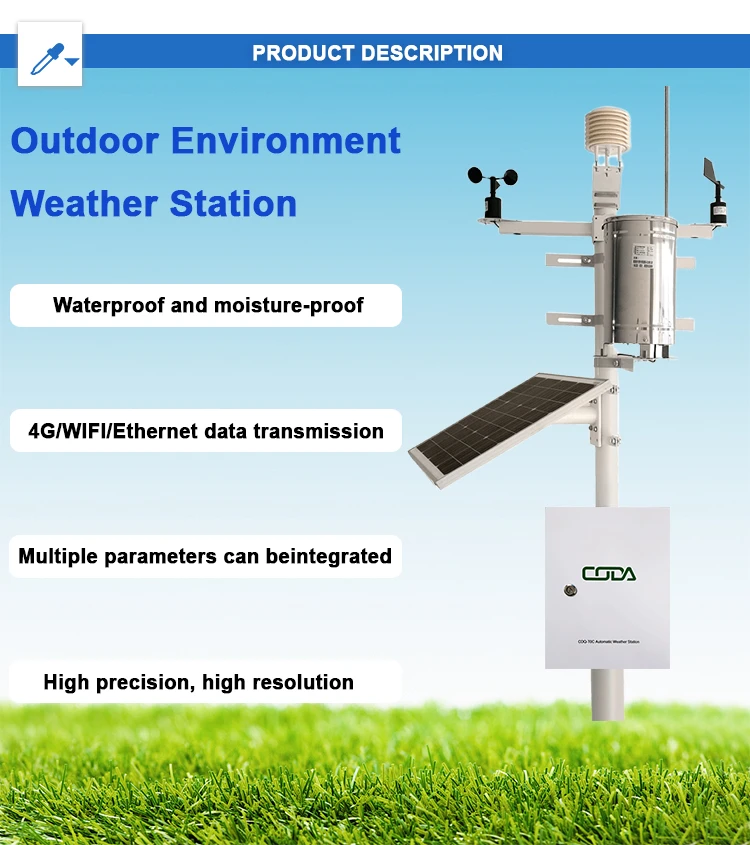
# Advantages and Disadvantages of Automatic Weather Stations
## Introduction
Automatic Weather Stations (AWS) have revolutionized the way we collect and analyze meteorological data. These systems provide continuous, real-time weather information without constant human intervention. While they offer numerous benefits, they also come with certain limitations that users should consider.
## Advantages of Automatic Weather Stations
### 1. Continuous Data Collection
AWS can operate 24/7 without breaks, providing uninterrupted weather monitoring. This is particularly valuable for tracking rapidly changing weather conditions.
### 2. Remote Monitoring Capabilities
Modern AWS can transmit data over long distances, allowing meteorologists to monitor conditions in inaccessible or dangerous locations without physical presence.
### 3. High Accuracy
With precise sensors and automated calibration, AWS typically provide more accurate measurements than manual observations, reducing human error.
### 4. Cost-Effective Operation
After initial setup, AWS require minimal staffing, making them more economical than manned weather stations in the long run.
### 5. Data Integration
Most AWS can automatically integrate with weather networks and databases, facilitating comprehensive analysis and forecasting.
## Disadvantages of Automatic Weather Stations
### 1. High Initial Costs
The sophisticated equipment required for AWS comes with significant upfront investment, including sensors, data loggers, and communication systems.
### 2. Maintenance Requirements
Sensors require regular calibration and cleaning to maintain accuracy, and system failures may go unnoticed without proper monitoring protocols.
### 3. Limited Flexibility
AWS are programmed for specific measurements and cannot easily adapt to new observation requirements without hardware modifications.
### 4. Power Dependence
Most AWS rely on consistent power sources (solar, battery, or grid), making them vulnerable during extended power outages.
### 5. Data Quality Issues
Without human oversight, sensor malfunctions or environmental interference can produce erroneous data that may go undetected.
## Conclusion
Automatic Weather Stations represent a significant advancement in meteorological observation, offering unparalleled consistency and coverage. However, their effectiveness depends on proper installation, regular maintenance, and careful data validation. For many applications, the advantages outweigh the disadvantages, making AWS an essential tool in modern weather monitoring and climate research.
Organizations considering AWS implementation should carefully evaluate both the benefits and limitations to determine if these systems meet their specific needs and resources.